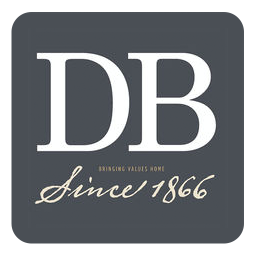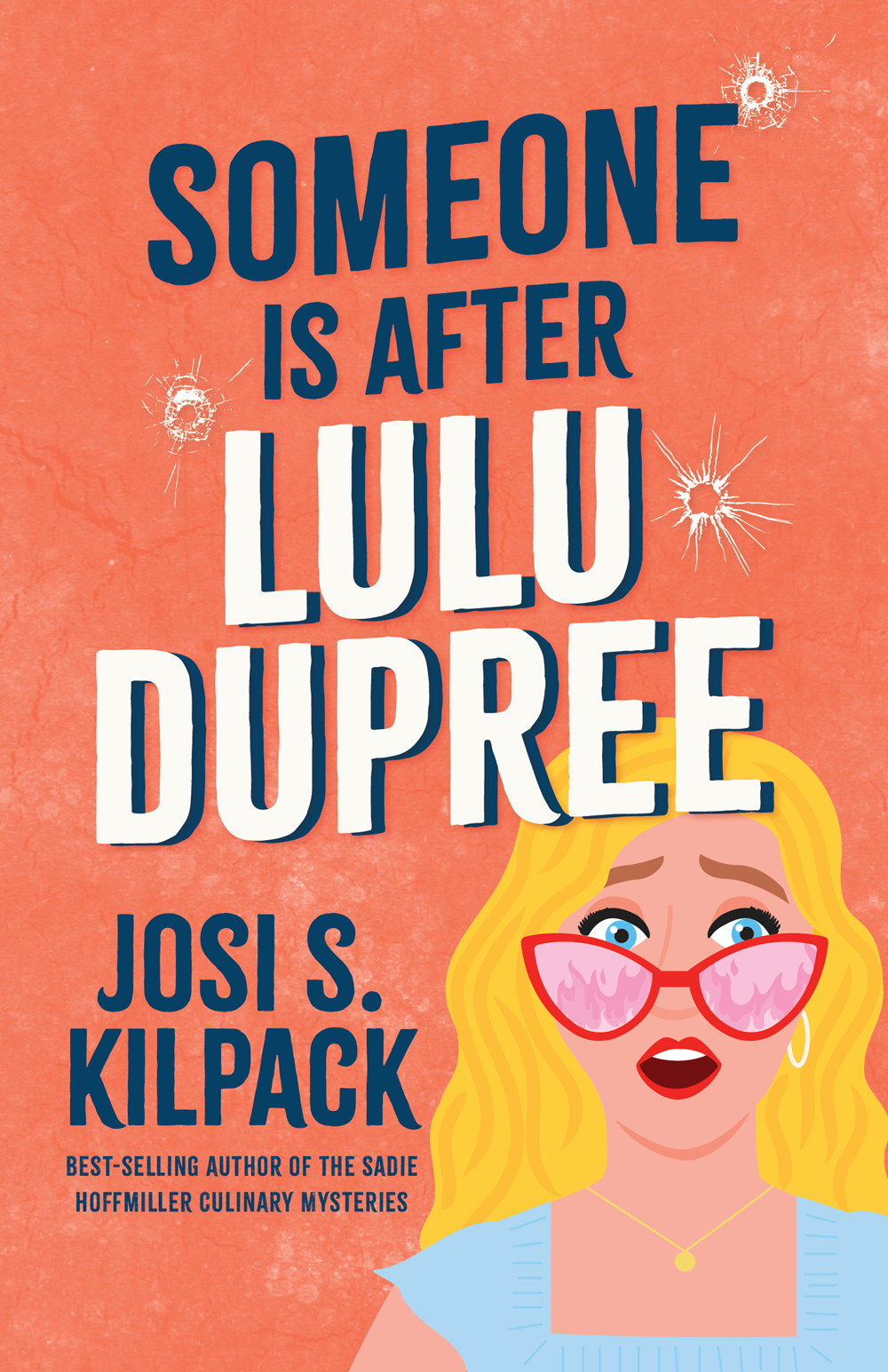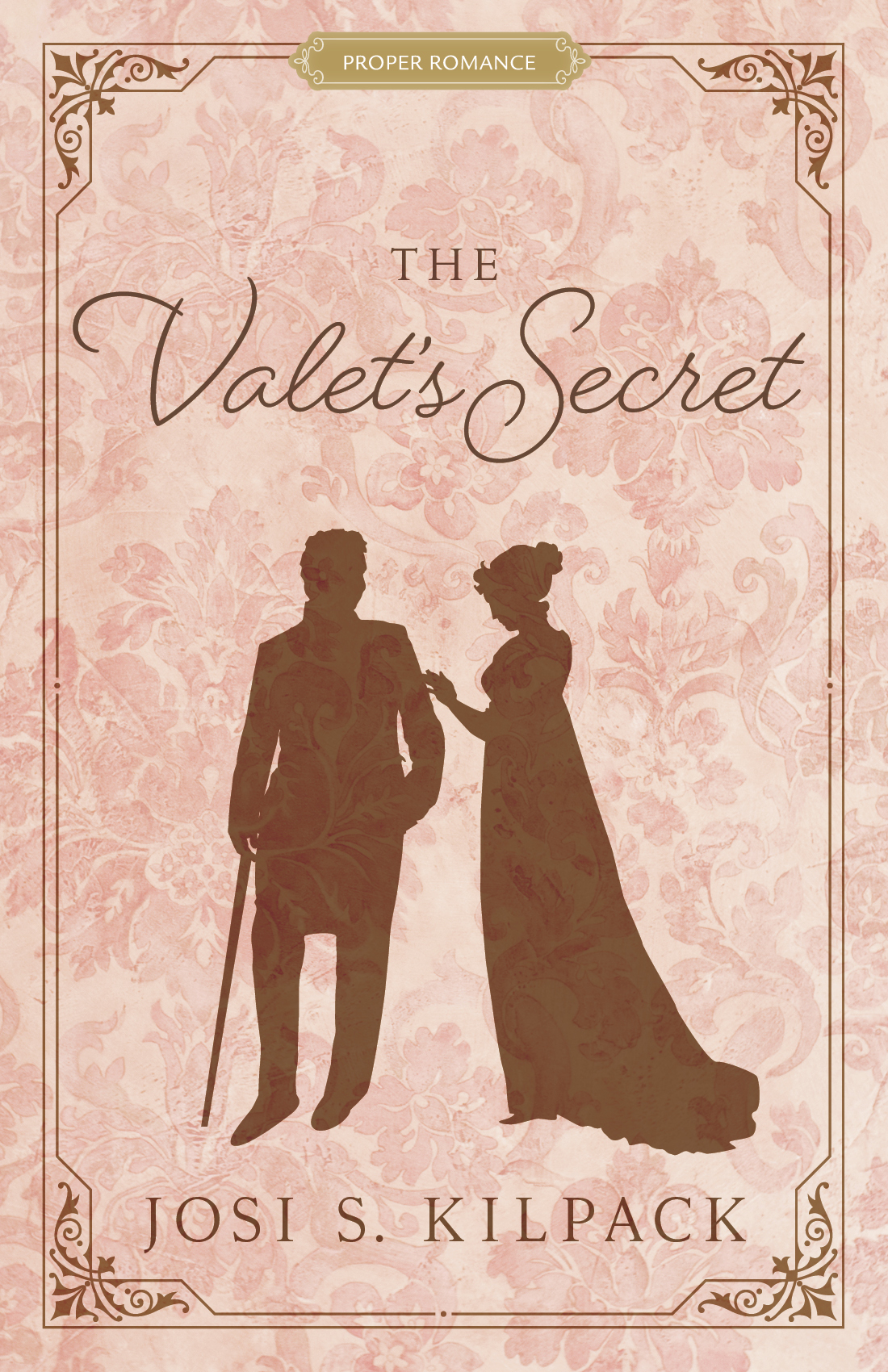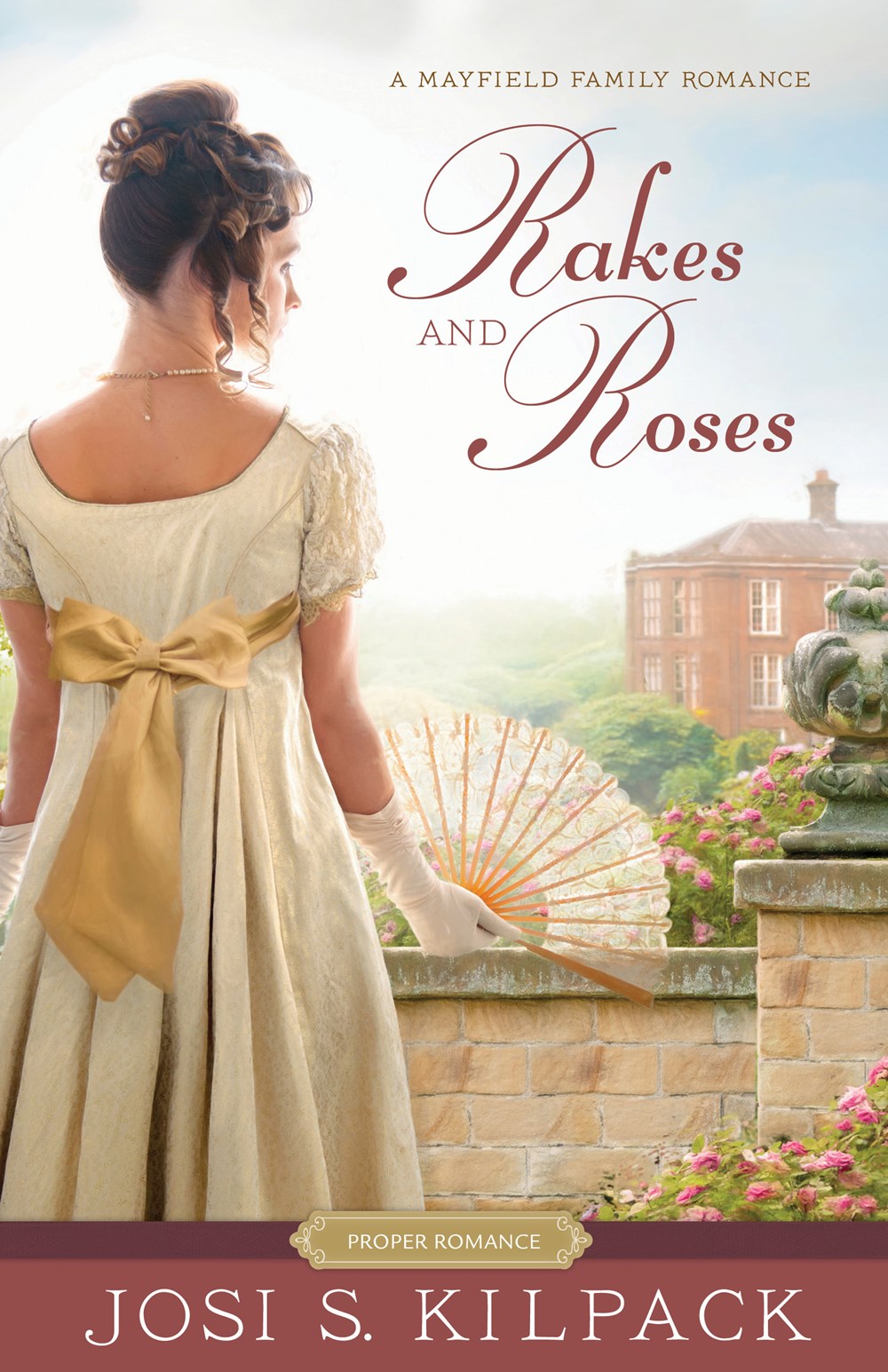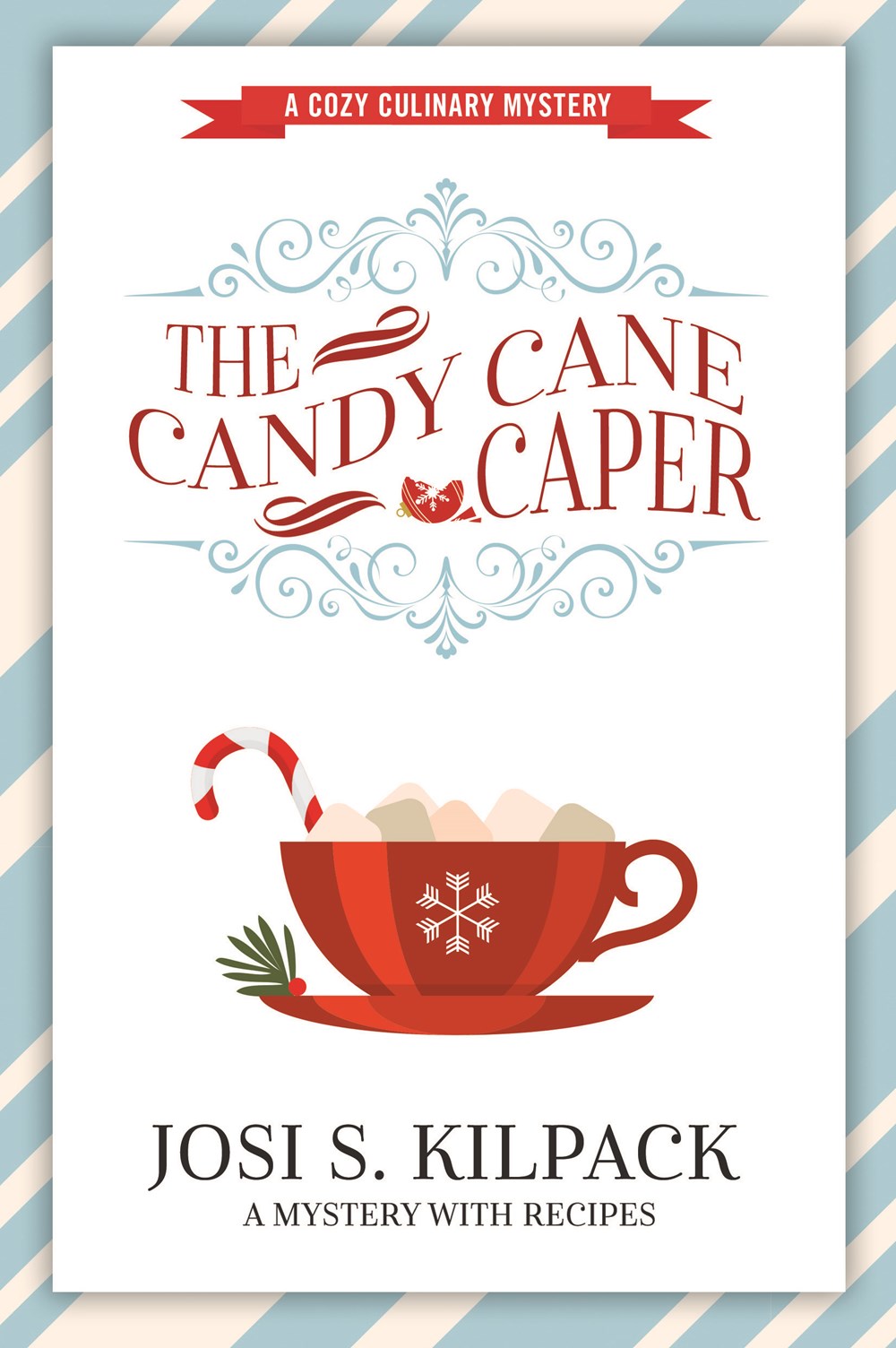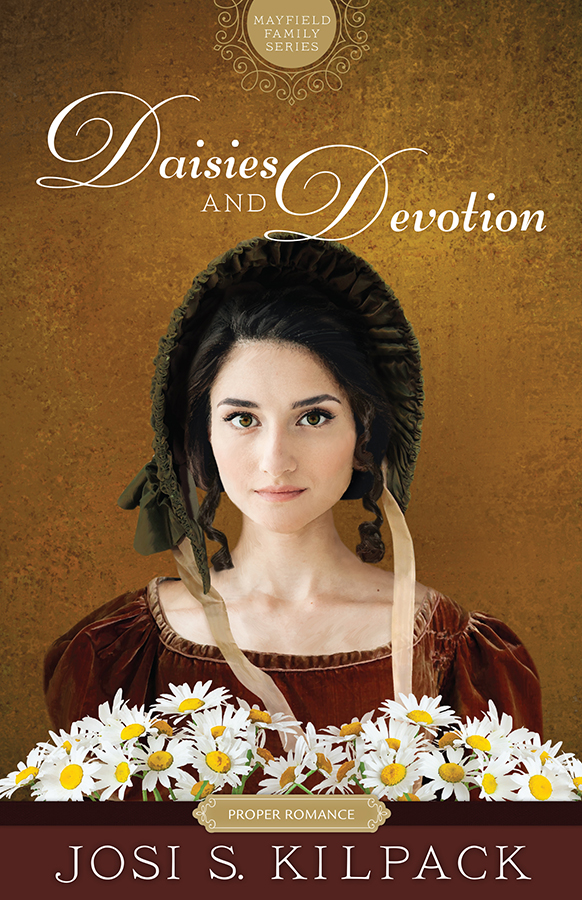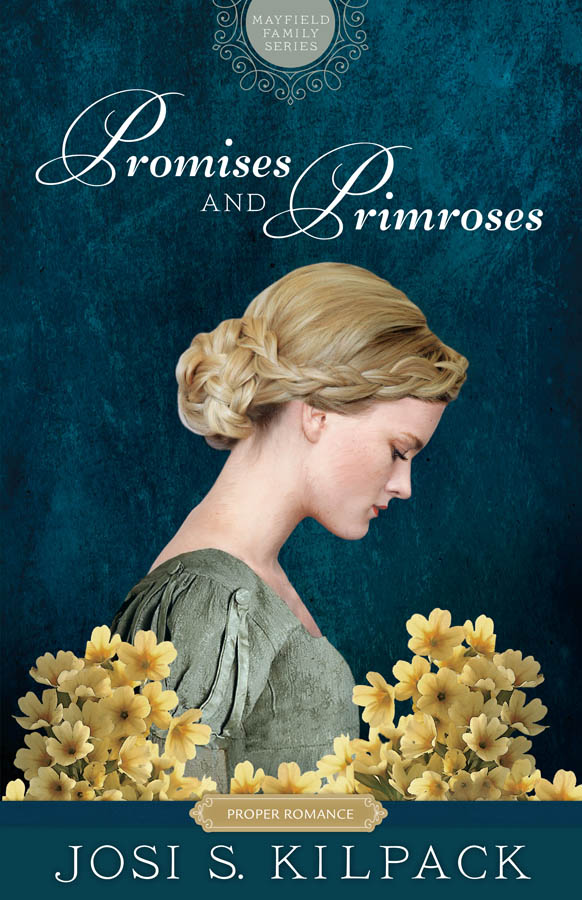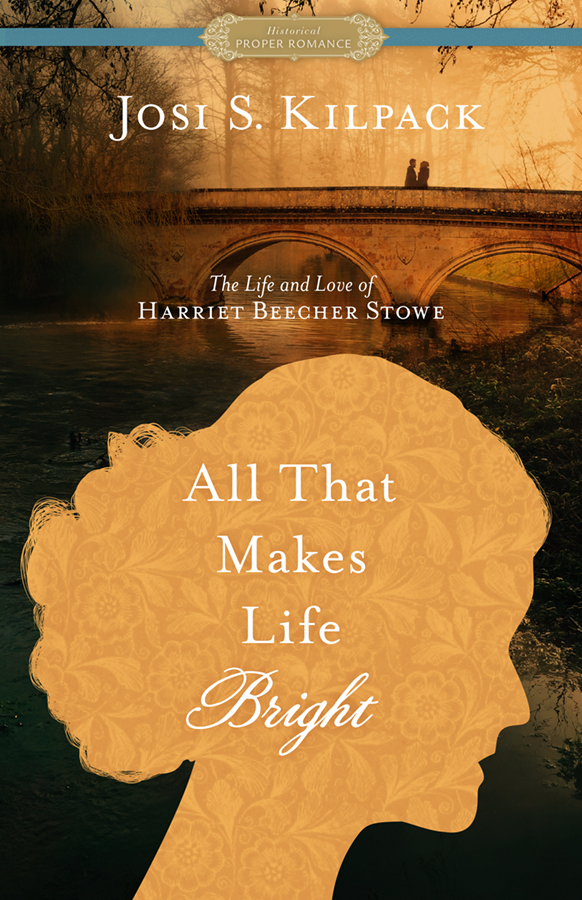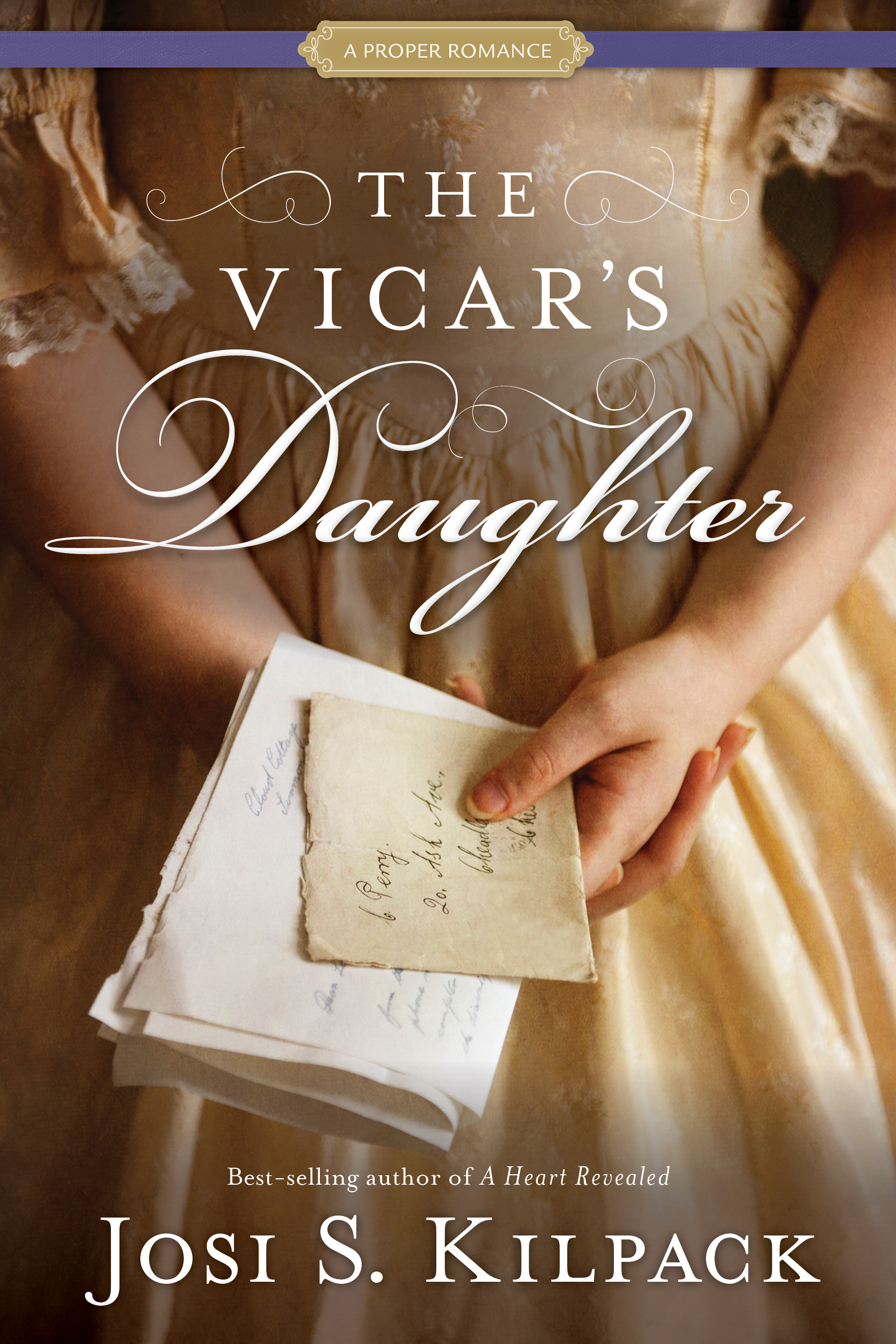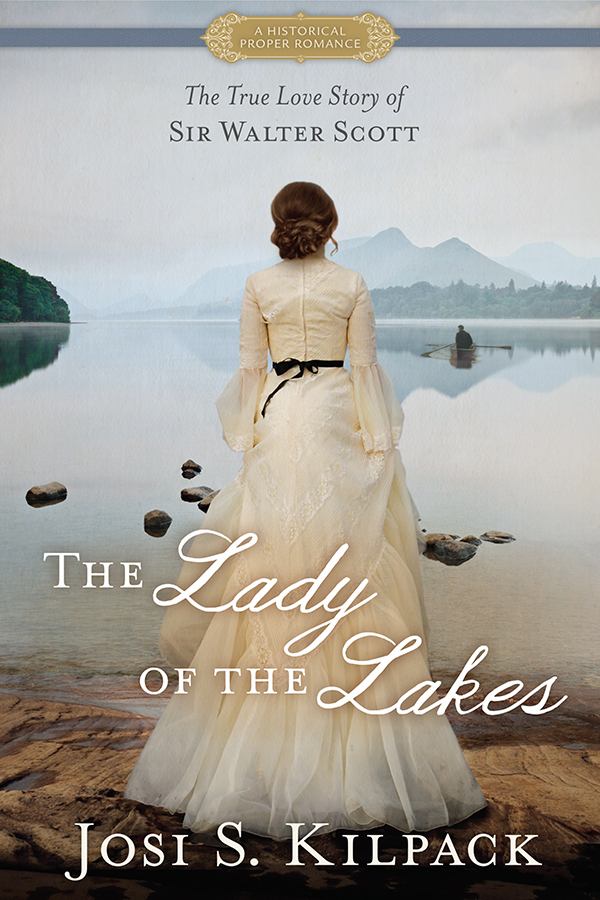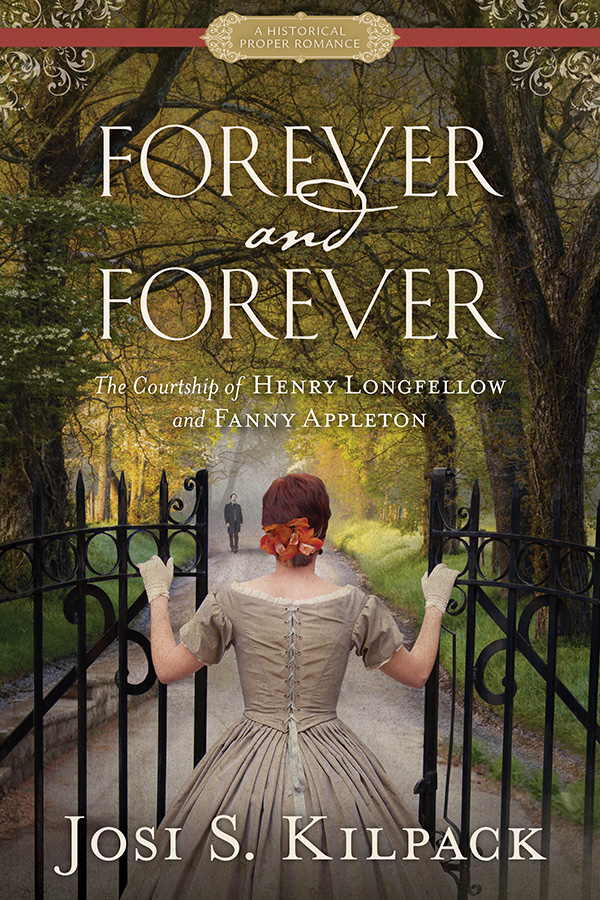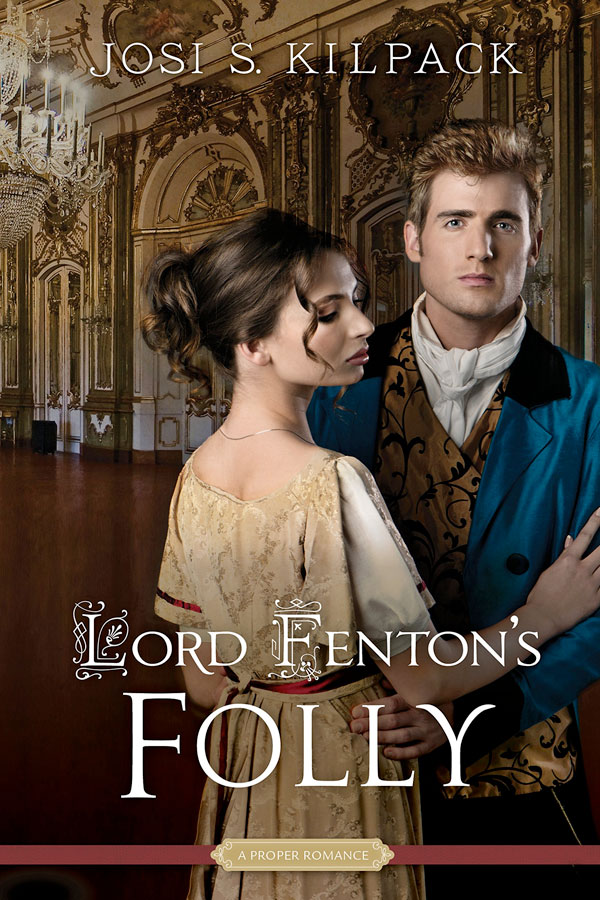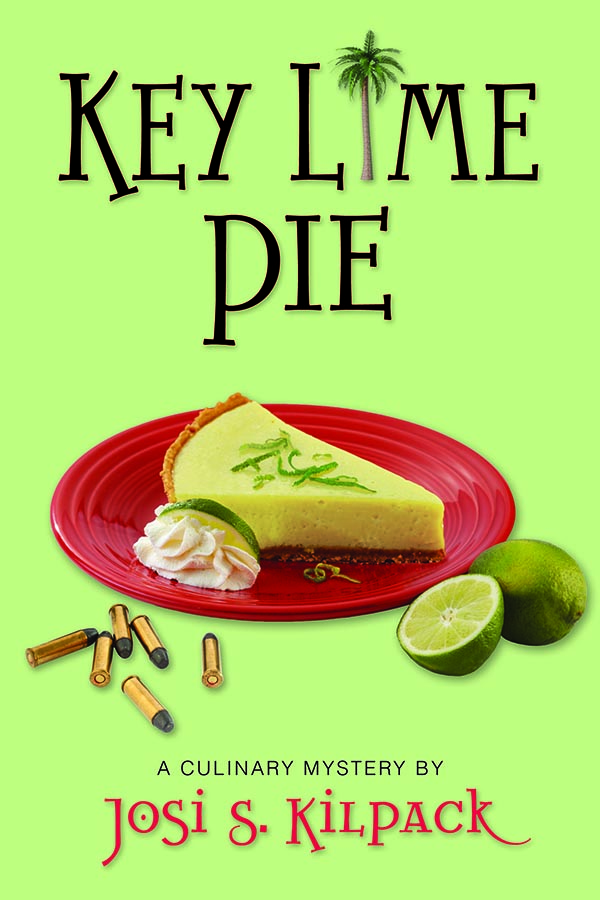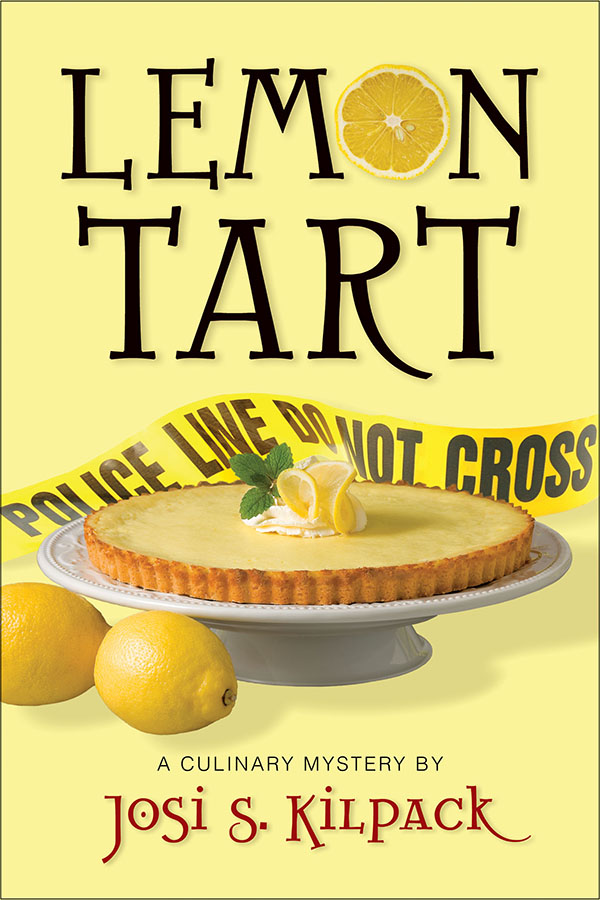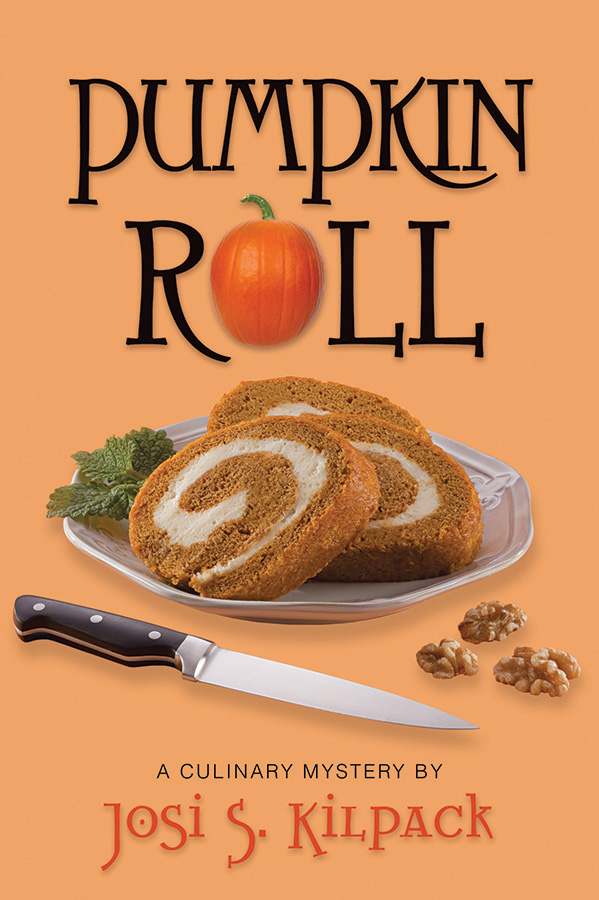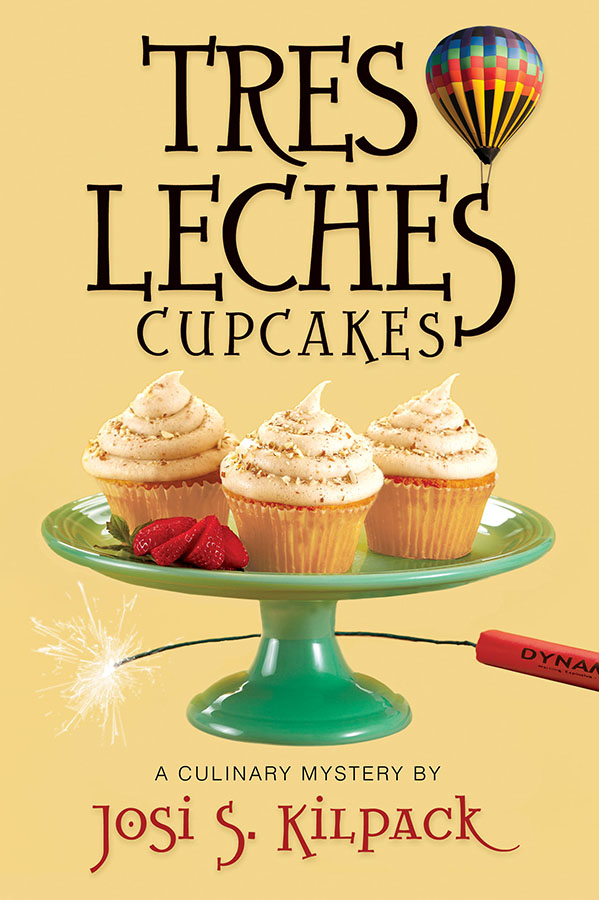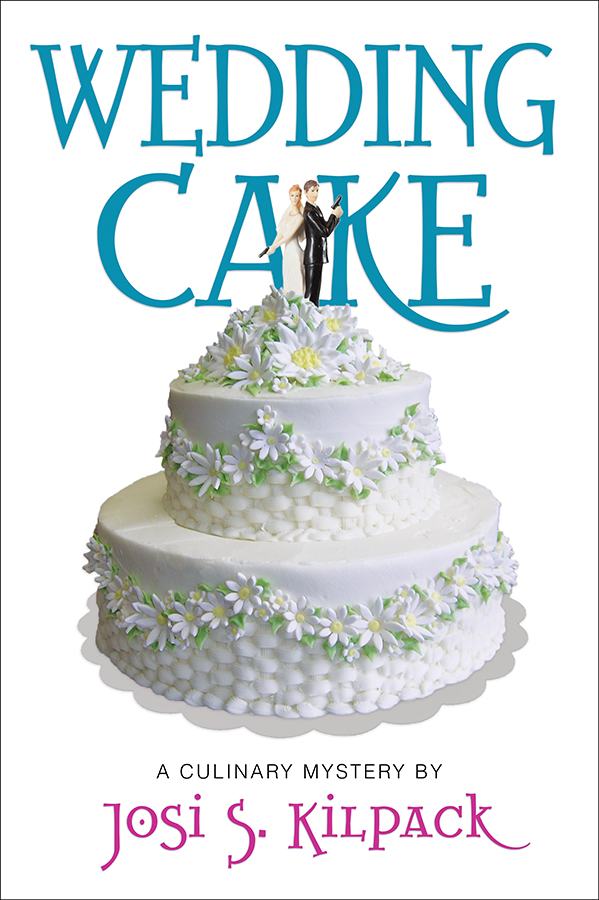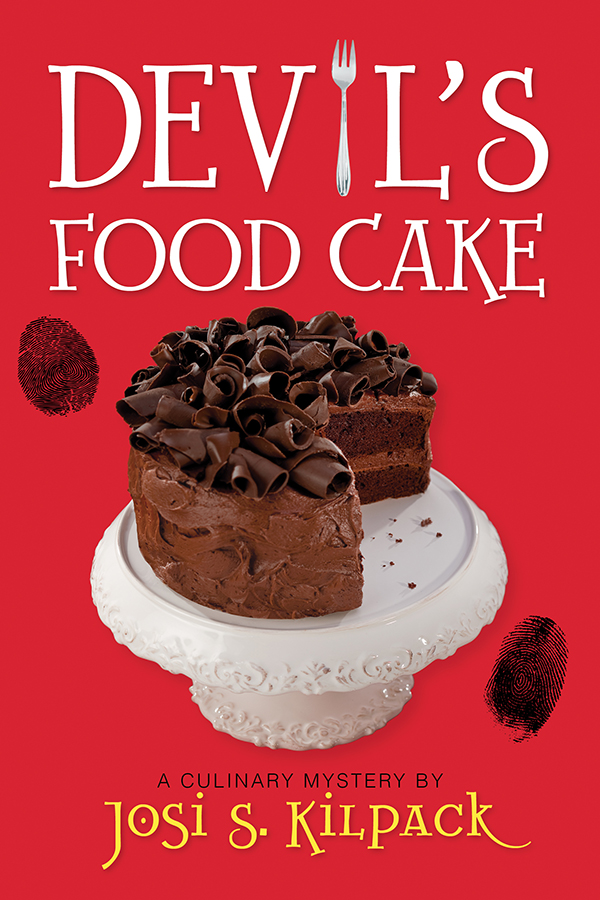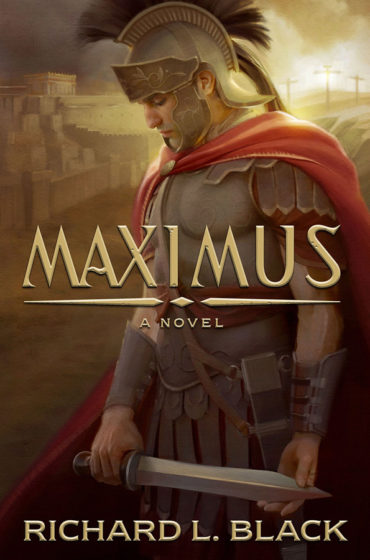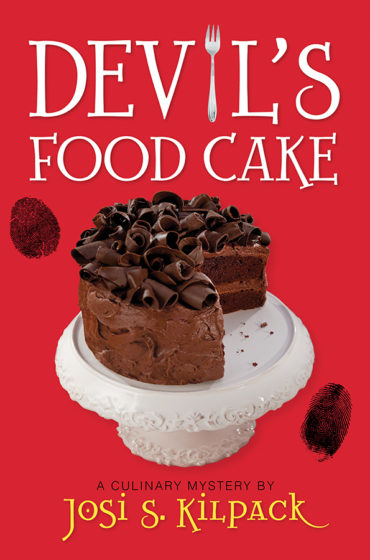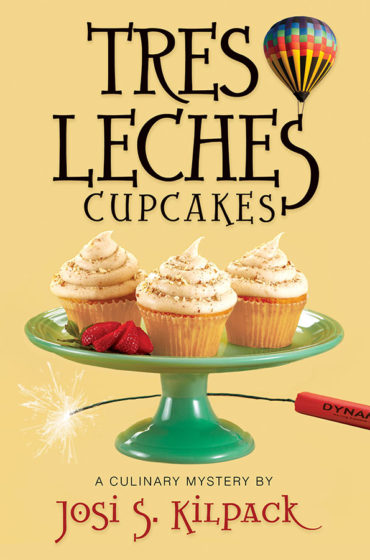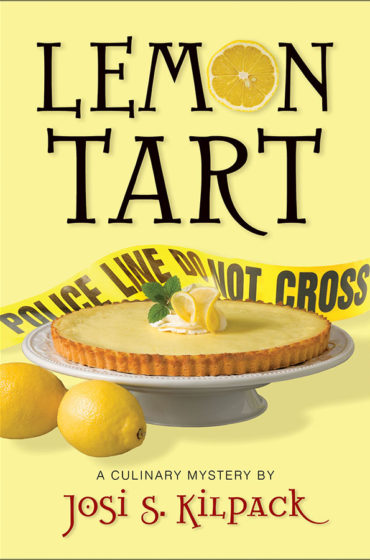-
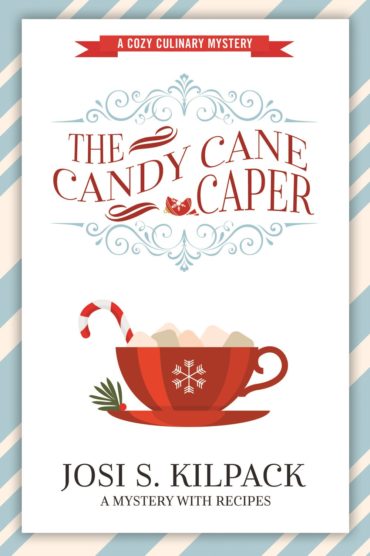
Josi S. Kilpack
The Candy Cane Caper: A Cozy Culinary Mystery
by: Josi S. KilpackThis Christmas, Sadie Hoffmiller Cunningham is making a list and checking it twice. For the first time since she and Pete married five years ago, their combined families are gathering for the holidays in Fort Collins, Colorado, for a party that would make Santa and Mrs. Claus proud.
She just has to bake the famous Cunningham Candy Cane Cake, make sure the looming snowstorm doesn’t derail everyone’s travel plans, and oh, yes, solve one teensy-tiny mystery before the big day.
At ninety-four and nearly blind, Mary, Sadie’s friend and neighbor, knows this will be her last Christmas. When Sadie learns that someone has stolen antique Christmas ornaments from Mary’s tree, she vows to find the thief, no matter what. The ornaments had been appraised at more than $40,000, but they were worth even more to Mary, who had intended to bequeath them to her great-granddaughter, Joy, as a final gift.
With Pete in Arizona wrapping up a case of his own, it’s up to Sadie to question the residents of Nicholas House, where Mary lives, and deduce who had the means and the motive to steal heirloom ornaments during what should be the most wonderful time of the year.
When stories of other thefts surface, Sadie feels like she’s creating a “naughty” list that could rival Santa’s. Identifying the thief, recovering the ornaments, and restoring them to Mary’s tree in time will take a Christmas miracle—and maybe a few extra-special cookies.
- A new stand-alone title in the Cozy Culinary Mystery, taking off after Kilpack’s Culinary Mystery series and rejoining the characters five years after Sadie’s marriage in book 12, Wedding Cake.
- The protagonist is a retired schoolteacher, part-time amateur detective and chef who uses her culinary skills to connect with people and gain access to places she might otherwise not be able to visit.
- A dozen Christmas-themed recipes, as mentioned in the story, are included throughout the book.
- Mary’s family collection inlcudes rare and expensive collector’s ornaments, gathered for generations:
- Kugel (German for “Ball”) ornaments are glass globes created around 1840 in Lauscha, Germany. The interiors were coated with tin, lead, or bismuth which reflected back candle light, with certain colors being more rare and valuable.
- Dresden ornaments take their name from the Dresden-Leipzig area of Germany. Embossed cardboard, they came in a seemingly endless variety of shapes. Hand-painted and gilded in gold or silver, they were made between 1880 and 1910. Thousands were produced, but very few have survived, making them highly prized collectables.
ISBN: 978-1-62972-601-4
Publisher: Shadow Mountain
Publish Date: 2019
Page Count: 320






